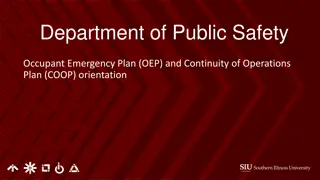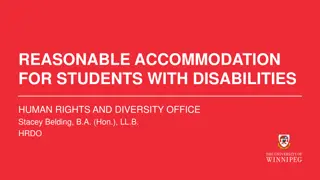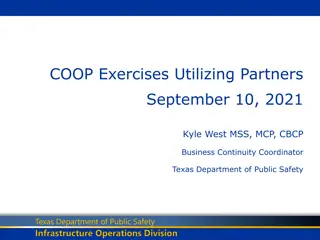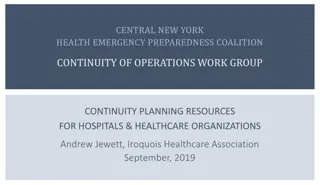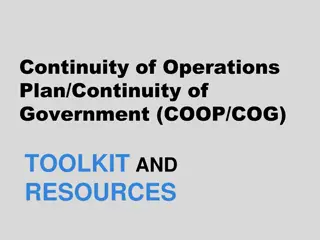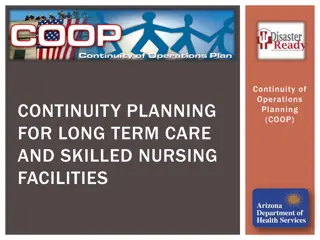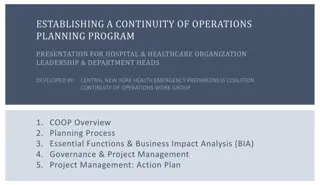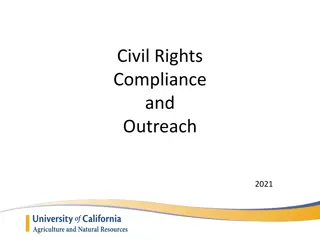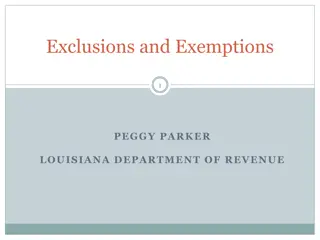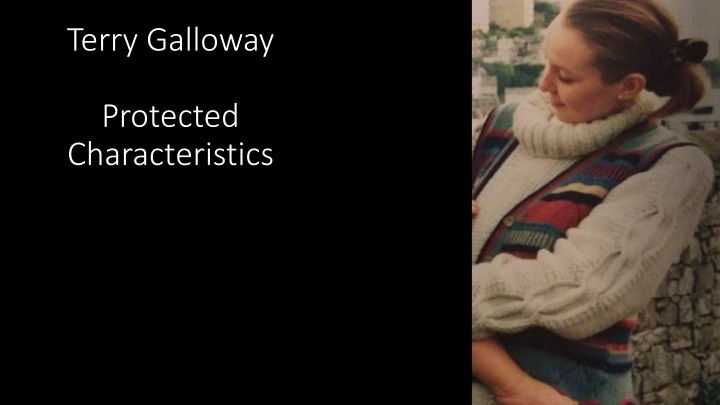
Inclusive Housing Solutions for Better Communities
Discover practical steps for a housing association to reduce evictions and antisocial behavior, with a focus on equality impact assessment, evidence gathering, and consultation. Learn about the importance of considering protected characteristics such as age, disability, gender reassignment, and more to create strategies promoting community cohesion and reducing costs effectively.
Download Presentation

Please find below an Image/Link to download the presentation.
The content on the website is provided AS IS for your information and personal use only. It may not be sold, licensed, or shared on other websites without obtaining consent from the author. If you encounter any issues during the download, it is possible that the publisher has removed the file from their server.
You are allowed to download the files provided on this website for personal or commercial use, subject to the condition that they are used lawfully. All files are the property of their respective owners.
The content on the website is provided AS IS for your information and personal use only. It may not be sold, licensed, or shared on other websites without obtaining consent from the author.
E N D
Presentation Transcript
Terry Galloway Protected Characteristics
Over 30 Million people now live in an area in the UK where their Local Council Treats Care Experience People as if they had a Protected Characteristic.. Population 30,274,326 1,179,090 305,418 31.758,834 % of Population Nation England Scotland Wales 53.79% 21.58% 9.69% 48.93% Total Population 110 Councils have passed the motion
PRACTICAL EXAMPLE of Identify policy/service change I m a Housing Association What do I want to achieve? Less evictions in social housing, reduction in ASB. Outcomes Reduction in cost Better community cohesion
Less evictions in social housing, reduction in ASB. Equality Impact Assessment Outcomes Reduction in cost Better community cohesion Analysis considering direct and in direct discrimination Identify policy/service change Look for evidence, collect data and consult Monitor and review the effects of change for impact Create strategies to mitigate negative impacts. Implementation. Make the changes
Look for evidence, collect data and consult Evidence/Protected Characteristics Age More Likely to be evicted and causing ASB Disability Gender reassignment Marriage and civil partnership Pregnancy and maternity Race (includes ethnic or national origins, colour or nationality) Religion or belief (this includes lack of belief) Sex Sexual orientation Care Experience INTERSECTIONALITY
Look for evidence, collect data and consult Consultation VOICE Being heard 1. Establish a Care-Experienced Advisory Group - A group comprised of all care-experienced individuals (children currently living in care, care leavers and adults who are care-experienced) can provide valuable input into policy decisions and service development. This group should be promoted internally and externally, ensuring that external organisations can access and approach the Group for engagement. Advisory group members should be adequately compensated. 2. Utilise surveys and interviews - Regular surveys and interviews can help collect in-depth information about the needs and experiences of care-experienced individuals. At minimum, this should include auditing your services and encouraging partners to do the same so that you understand why, when and how care experienced people are accessing your services. 3. Host focus groups - Focus groups can facilitate discussion and yield rich insights into the needs and preferences of care-experienced individuals. These should also be used to raise awareness internally across the council and externally with partners about the potential and strengths of care-experienced people. 4. Promote co-production- Encourage and involve care-experienced individuals to participate in co-producing services provided by the local authority. This could involve them in evaluating services or developing resources . 5. Intersectionality - Intersectionality is a concept that describes the ways in which systems of inequality based on gender, race, ethnicity, sexual orientation, gender identity, disability, class and other forms of discrimination intersect to create unique dynamics and effects. For example, a person may experience racism and sexism collectively or individually at different times and in different environments .
Analysis considering direct and in direct discrimination Findings and Analysis Lack of appropriate social networks, broken familial relationships leading to disengagement and social isolation; Leading to vulnerability susceptible to negative influences and more likely to be evicted or subjected to ASB enquiries. Example finding I was lonely and felt isolated. He offered to paint my kitchen and put the curtains up. He just would not leave and before long his friends were selling drugs from my home. I wish someone would have come around to help me, but I had no-one. (Stacey age 19 Now living in supported accommodation)
Create strategies to mitigate negative impacts. Mitigation and implementation- To Change evictions and ASB policy to include; Prevention strategy Introduction of a Care Leaver Offer to include repairs, curtains, blinds decorating and installations of white goods. Introduction of a mentoring service for care experienced people. Work experience and jobs program and pre-employability scheme. Intervention strategy to include Multidisciplinary action plan before eviction that includes Resident / Leaving care / Housing Options / ASB Team / Other
Equality Impact Assessment Change of policy and trajectory SEVEN YEAR TIMELINE Carry on indirectly discriminating Care Experienced People - doing the same thing follow the blue line Stacey was brought into care at age 14 and lived in various children's homes experiencing several placements. High needs: emotional and behaviour difficulties. 17 incidents of anti social behavior Job Seekers allowance fiscal and economical costs Living in Social Housing Homelessness application and 8 weeks relief 2 incidents of domestic violence Housing association complex eviction costs From 18 years old From 18 years old Over a 1 Year Period 18 to 19 years old. Stacey moved into social housing and claimed universal credit and housing costs. She struggled with the isolation and loneliness; she developed low self esteem and met a male who she started a relationship with. Her flat became overcrowded with party's and drug dealing. Over the course of the year there were excessive incidents of ASB including domestic violence. The housing association received many complaints from neighbors and Stacey was eventually evicted with rent arrears. Job Seekers allowance fiscal and economical costs Living in Social Housing Mentoring Scheme 3 hours per week Alcohol misuse per dependent drinker (NHS) 2 years temporary accommodation Job Seekers allowance fiscal and economical 2 incidents of domestic violence 2 Court appearances 4 Crimes committed Repairs, curtains, blinds decorating and installations of white goods. Pre-employability and life skills program and work experience Over a 2 Year Period Stacey moved into supported accommodation for 2 years because she no longer qualified for social housing because of the eviction and rent arears. She struggled with alcohol dependency and continued her toxic relationship with her boyfriend. Stacey started shoplifting and continued to be a victim of domestic violence. Within 1 year of leaving care, Stacey learnt the essential skills to sustain her tenancy. She also took part in the housing association mentoring, life skills and employability programs. Net Saving 195,500 Total Cost 232,946 For an additional Spend of 10,400 Total cost 37,446 Stacey is now in full time employment and has started to develop appropriate relationships.
Thank you listening Please follow the campaign Email X LinkedIn Phone terry@ngalloway.co.uk @terrygalloway ntgalloway 07838317574

